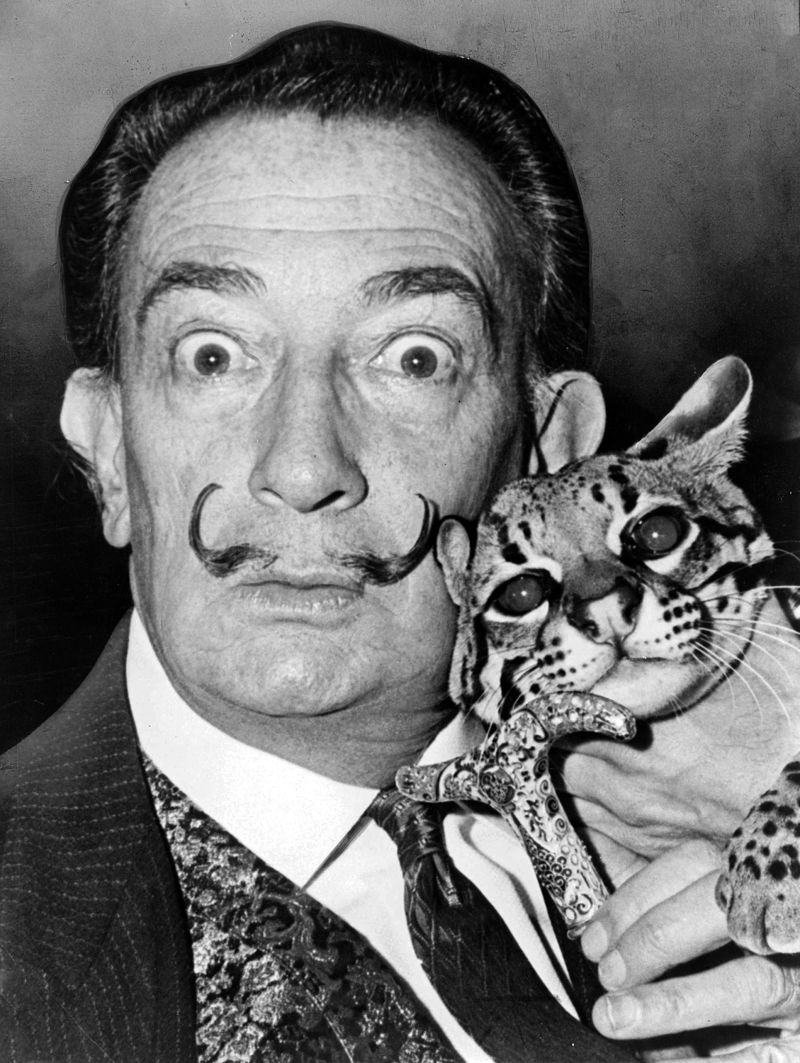During the 1930’s when Hitler’s political goals became apparent, and during the World War II when these goals resulted in abominable terror, artists of the surrealist movement distanced themselves from Hitler and anything related to the Nazi ideology.
On the other hand, Salvador Dali was fascinated with Hitler and he poured his fascination into some of his works. Because of this, he was often criticized by other surrealists, his former friends.
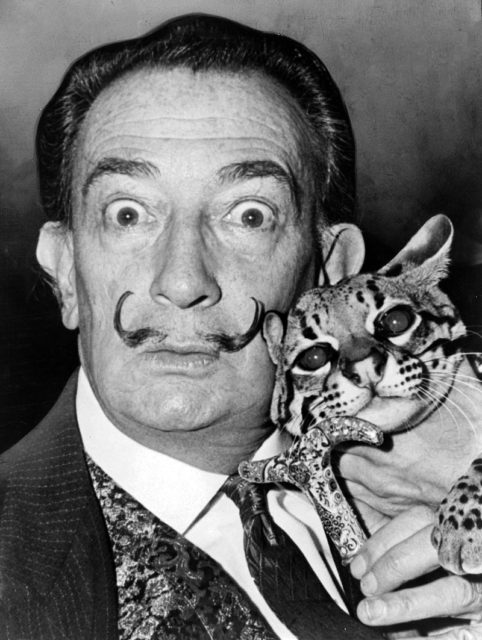
Dali was eccentric throughout his life and often seemed downright mad. However, his cultural impact was undeniable, and he was always able to pursue his creative urges without public condemnation. Still, one’s fascination with something as abhorrent as Nazism is bound to create tensions and moral dilemmas, so Dali’s Hitler-inspired works remain questionable.
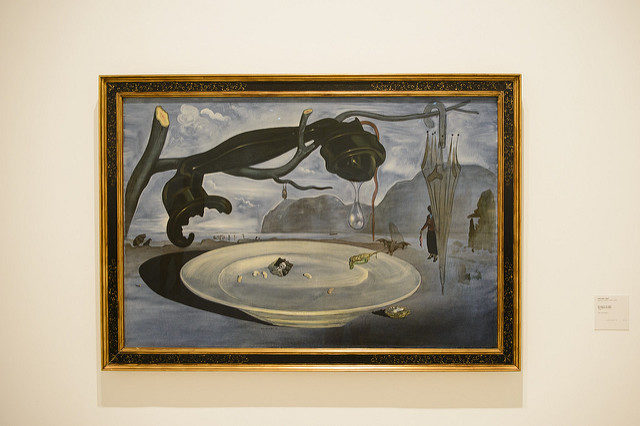
Dali’s most prominent work connected to Hitler is the painting The Enigma of Hitler from 1938, which features a small photograph of Hitler on a plate, and a somber atmosphere of isolation.
Because of this painting Dali was expelled from the surrealist community by their then leader, the French poet Andre Breton, and Dali left Europe to settle in the United States.
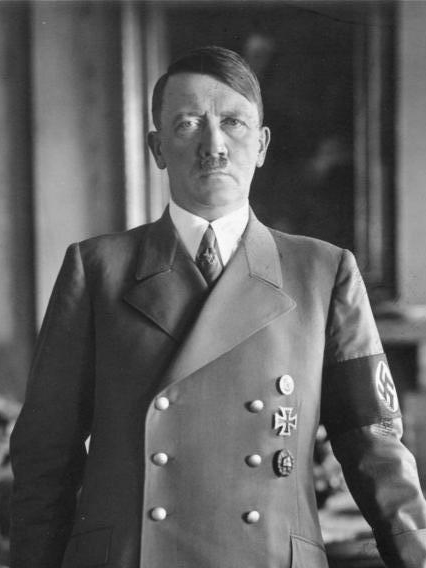
In 1958, Dali painted the Metamorphosis of Hitler’s Face into a Moonlit Landscape with Accompaniment. At first glance, the painting seems to represent a benevolent moonlit scene with some shapes characteristical of Dali’s style, but if the painting is turned to the side, it reveals a representation of Hitler’s nose and mustache transformed into a dreamy landscape. When commenting on this painting, Dali stated that he “often dreamed of Hitler as other men dreamed of women”.
This led many critics and art theorists to believe that Dali’s fascination with Hitler was, in fact, sexual. In 1973, Dali created another painting which fueled a lot of controversy in the world of art. He entitled it Hitler Masturbating and it featured Hitler masturbating on an armchair in a snowy landscape, surrounded by horses.
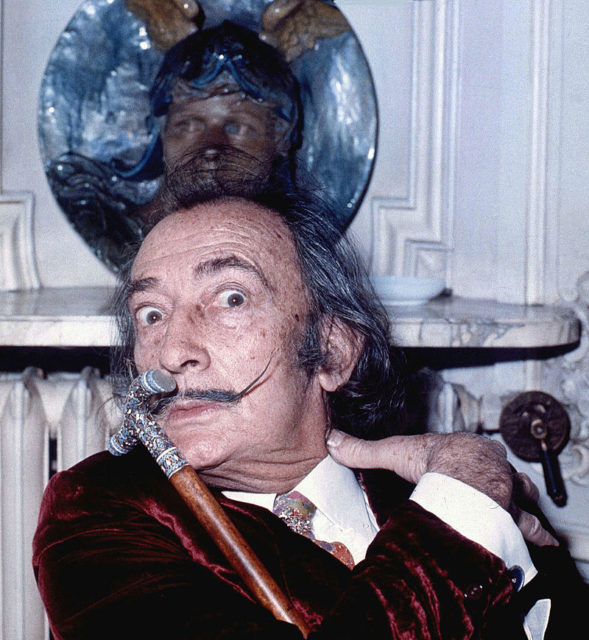
Dali often infused his paintings with snippets from his dreams and images from his subconscious, and it is known that he thrived to depict sexuality through symbolism.
Read another story from us: The Beautifully weird Fashion Drawings of Salvador Dali
However, the exact nature of his fascination with Hitler is unknown; it is unclear whether the persona of Hitler fascinated him only as an artistic concept, or as a representation of a repressed sexual desire, or that perhaps he even harbored some sympathy for the Nazi ideology.
